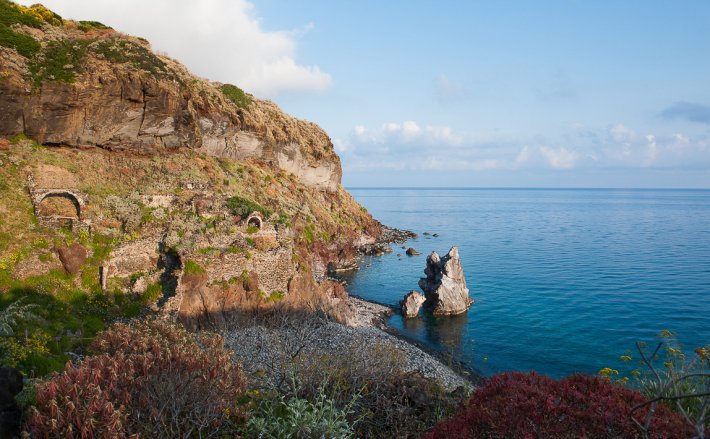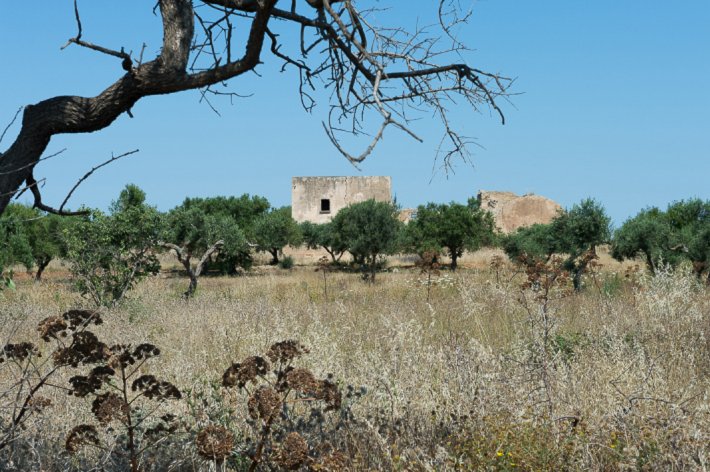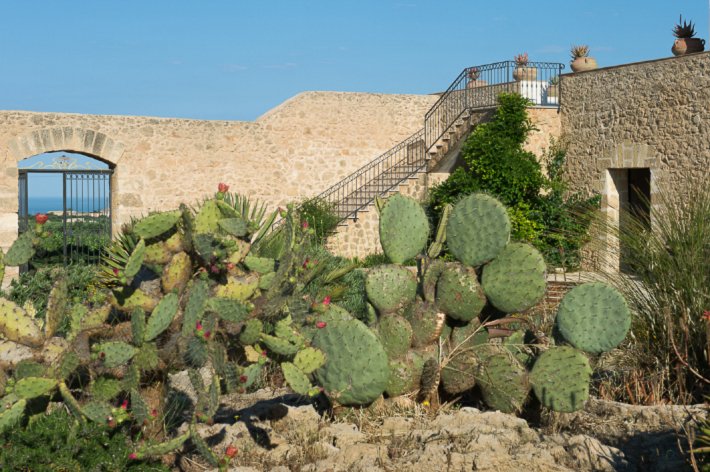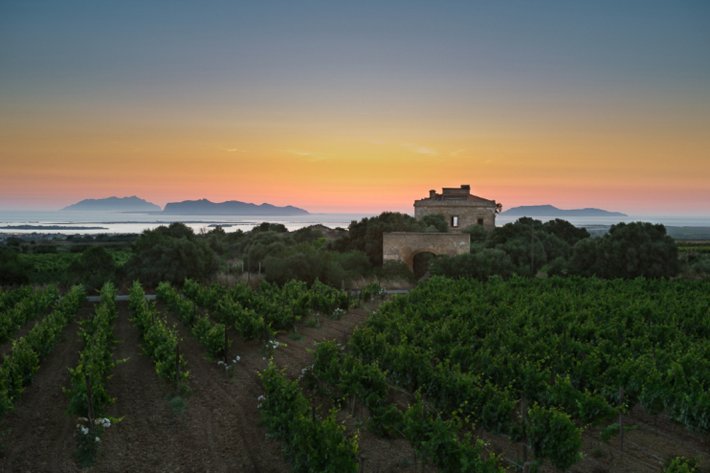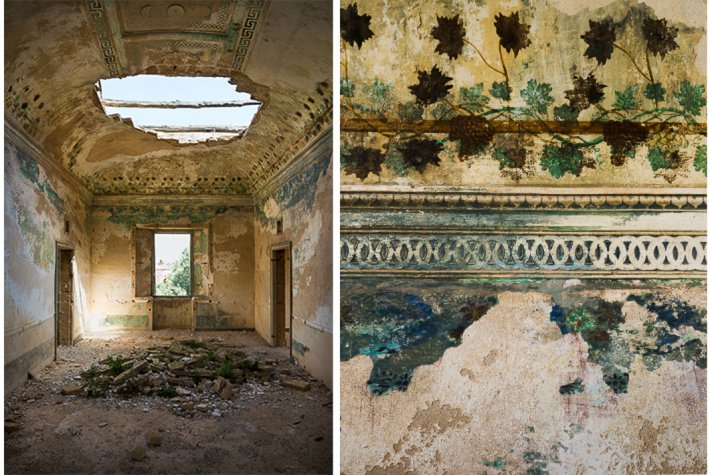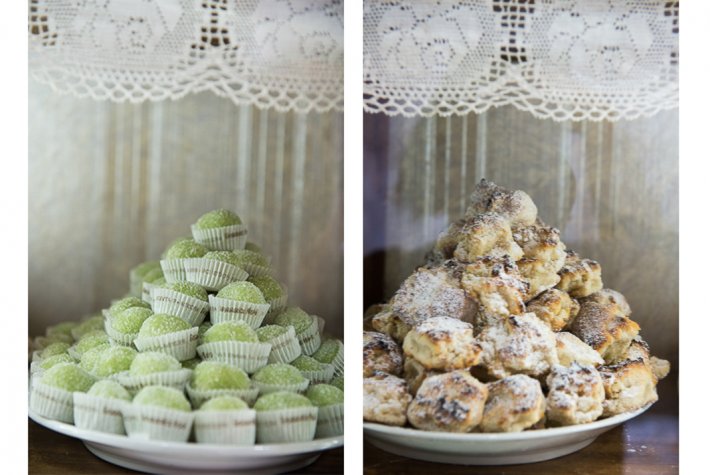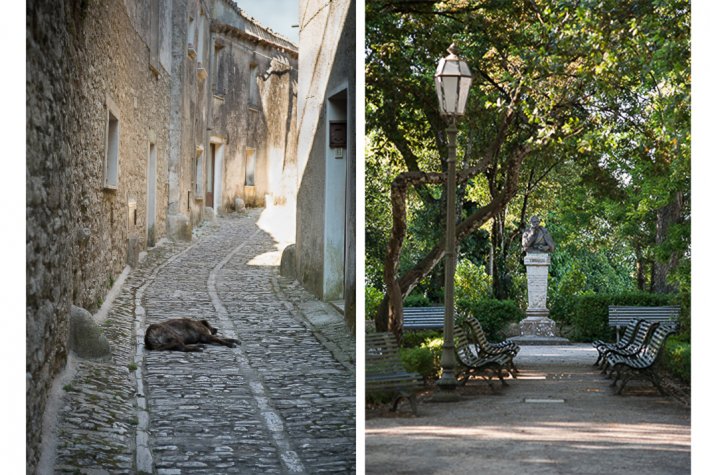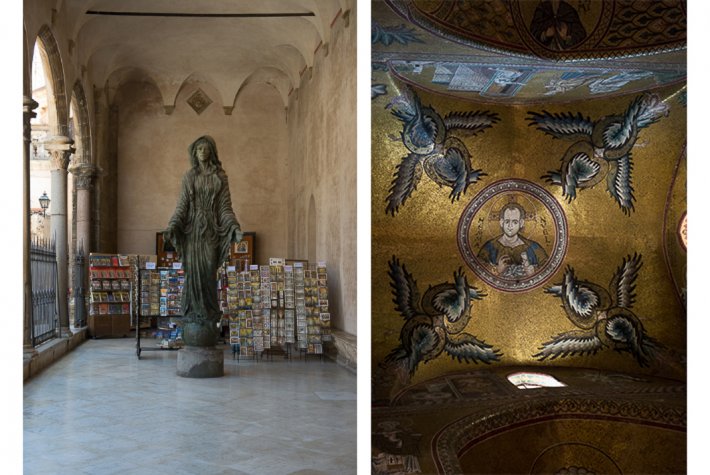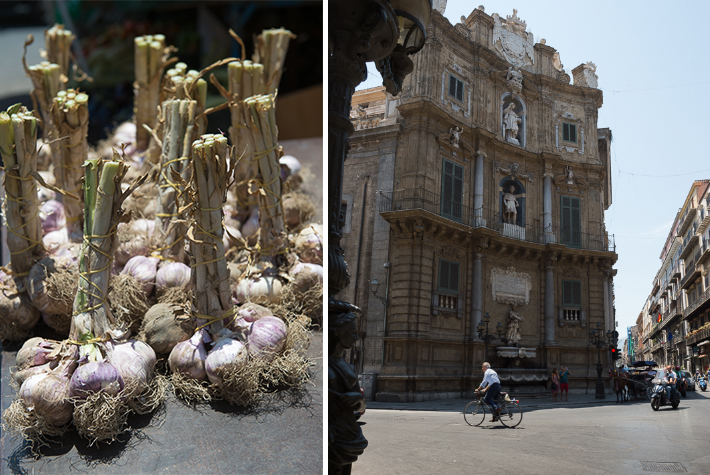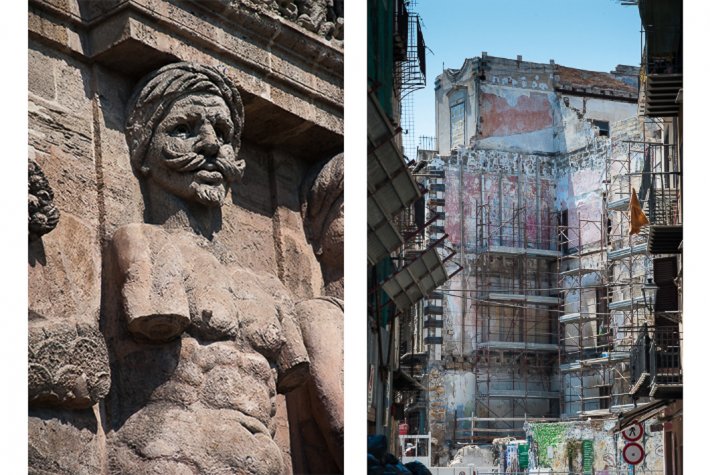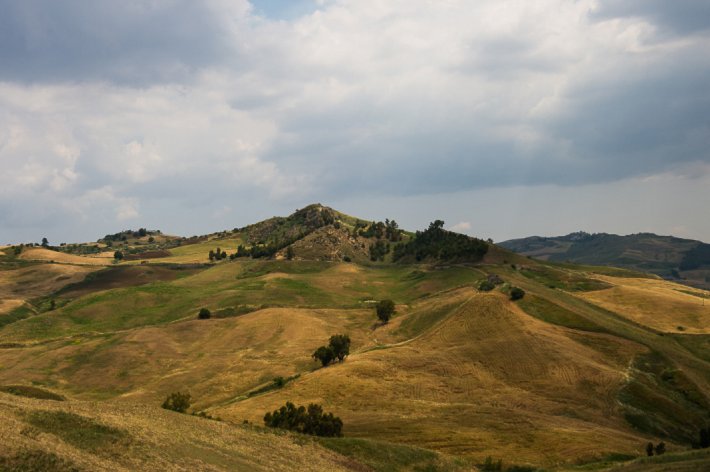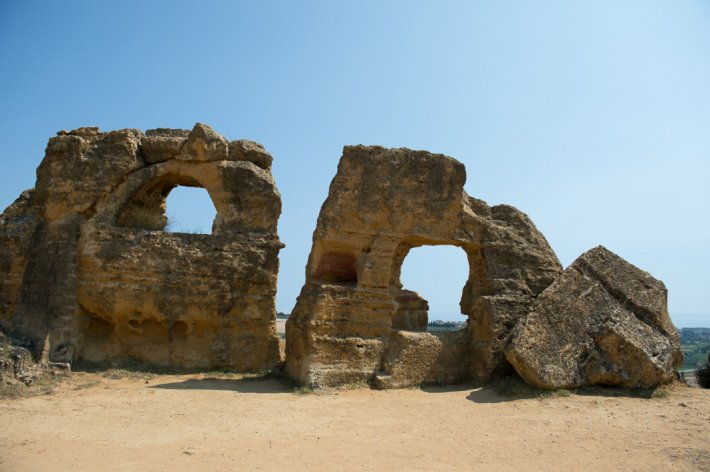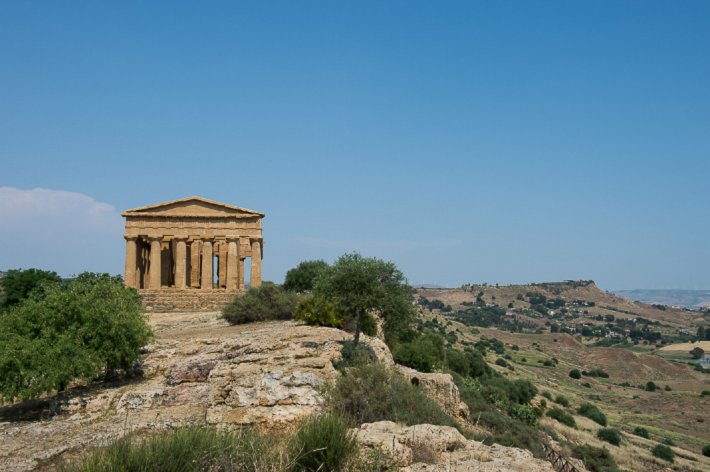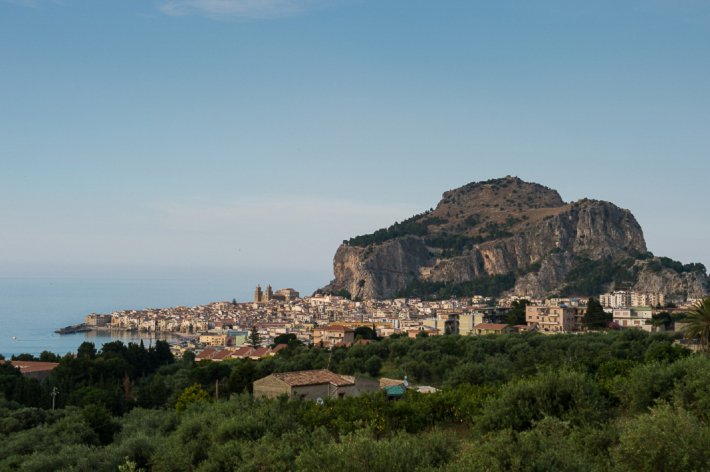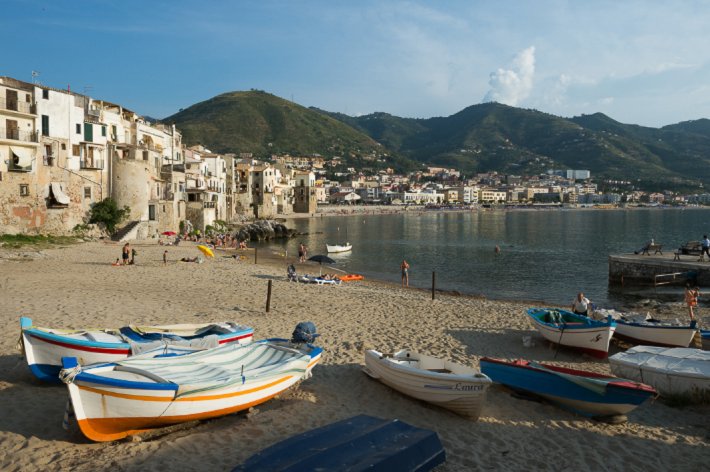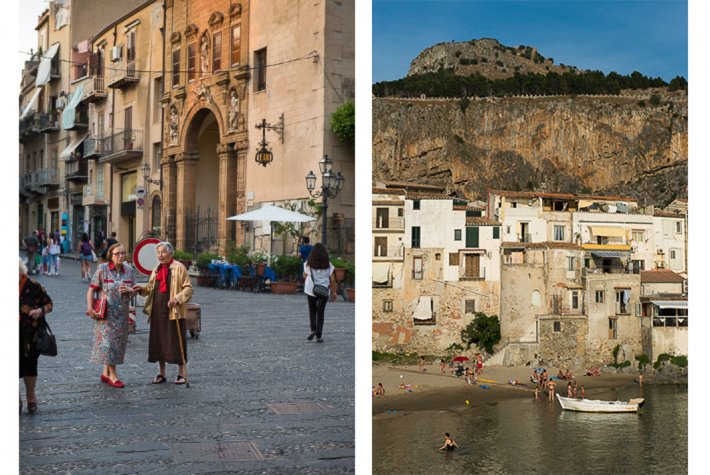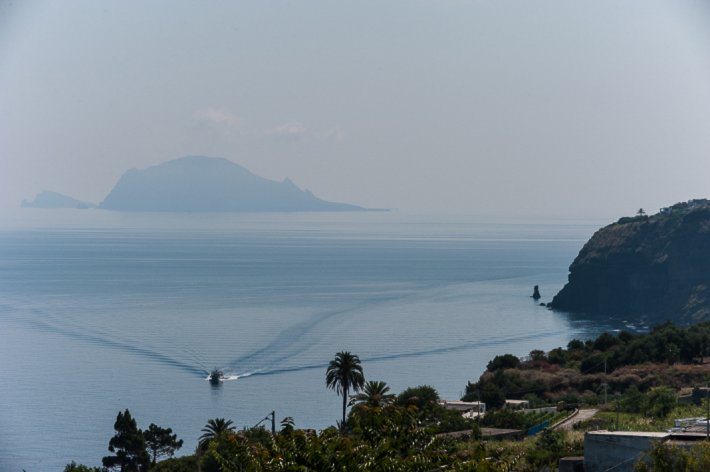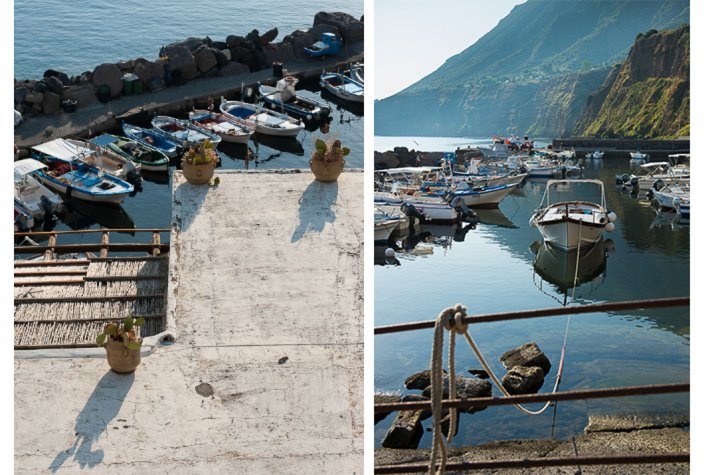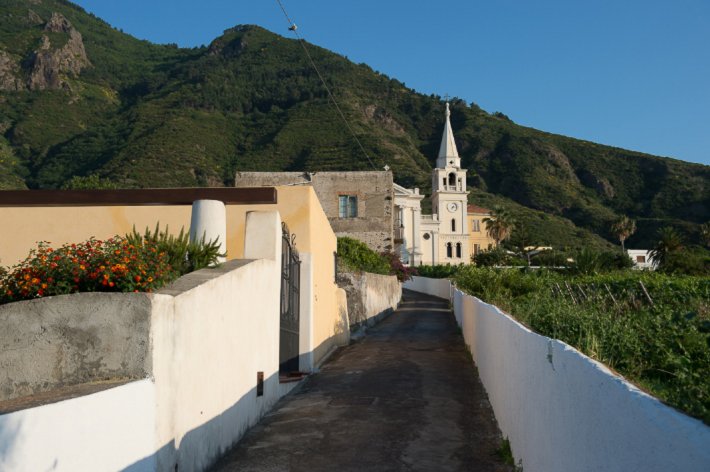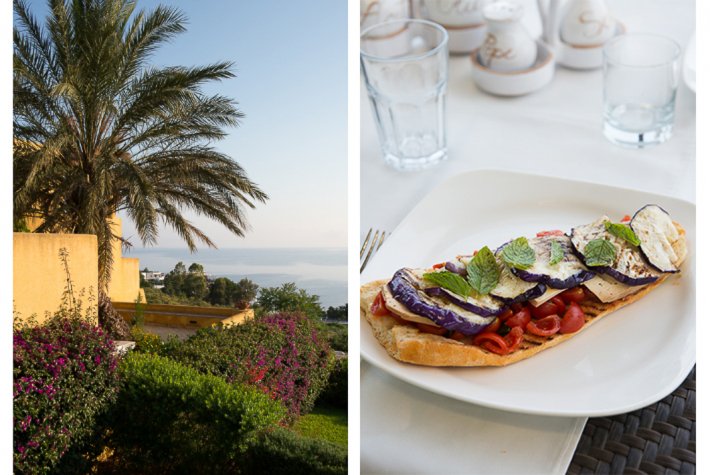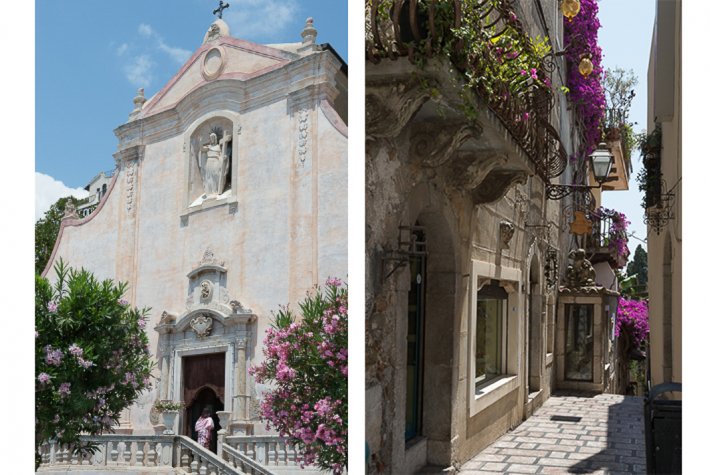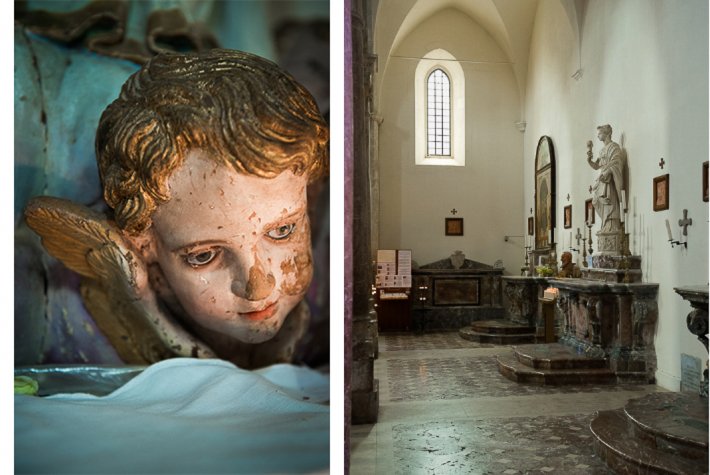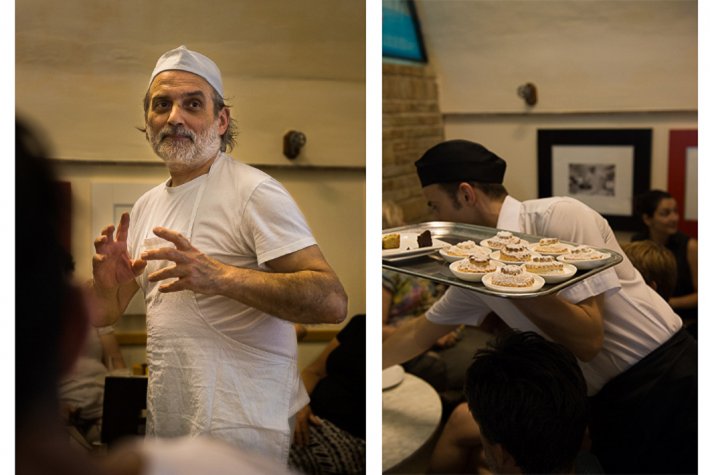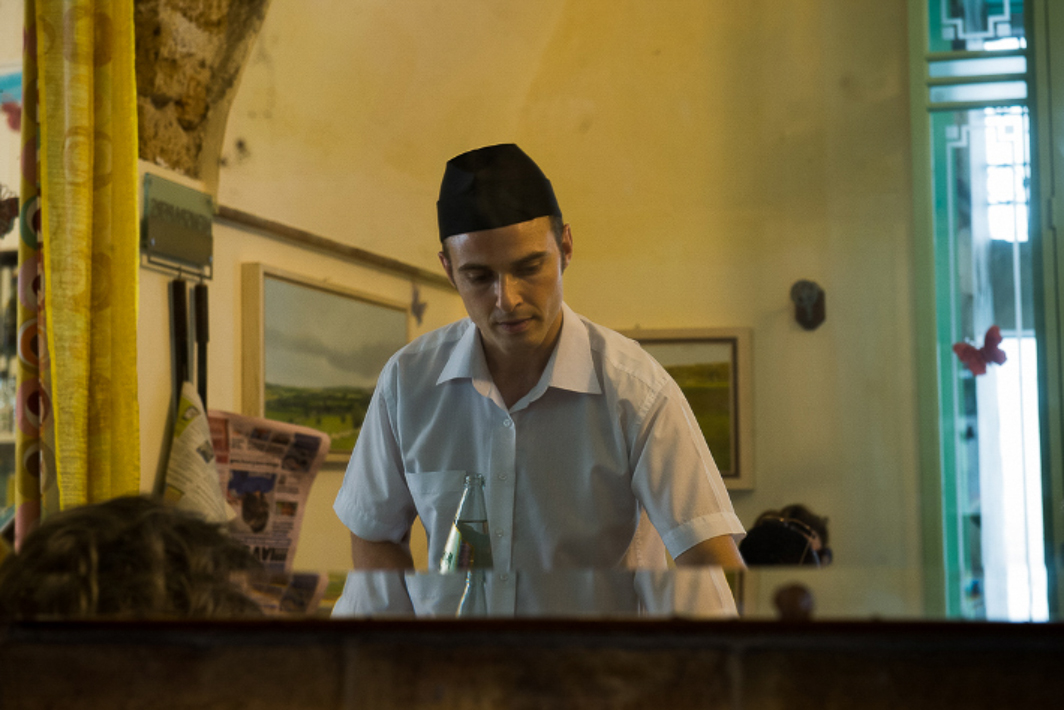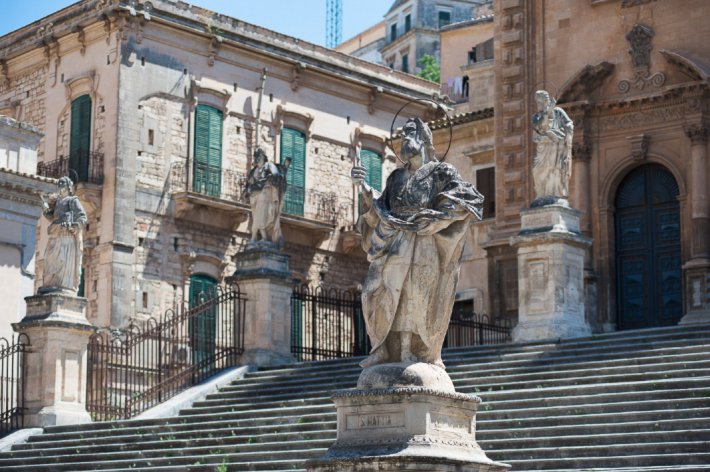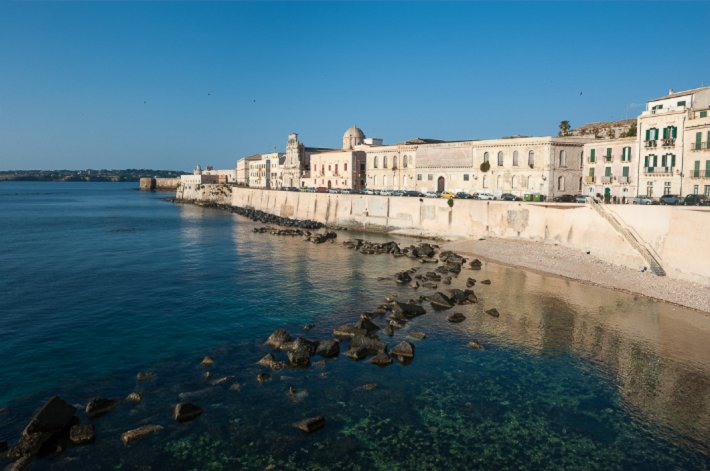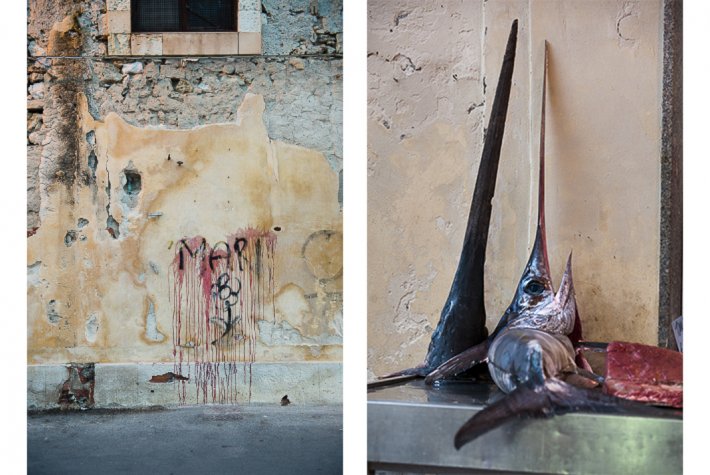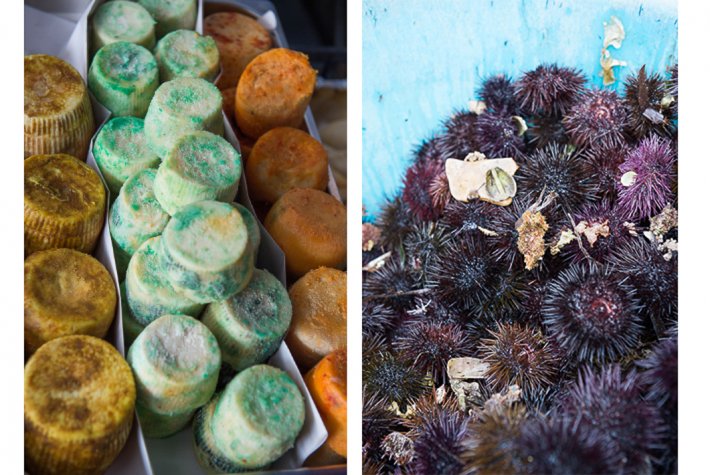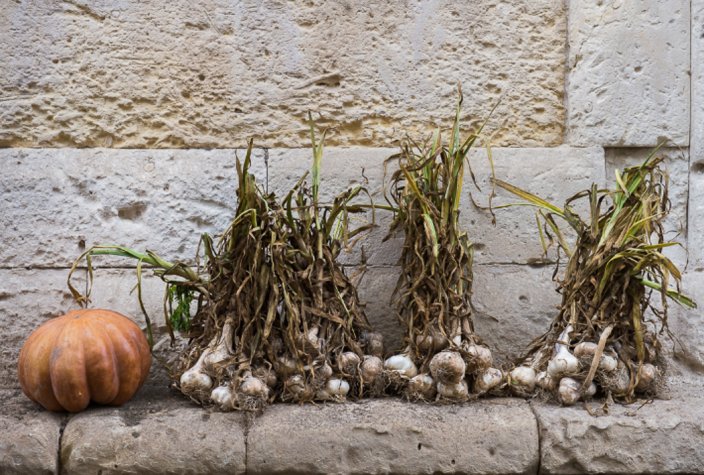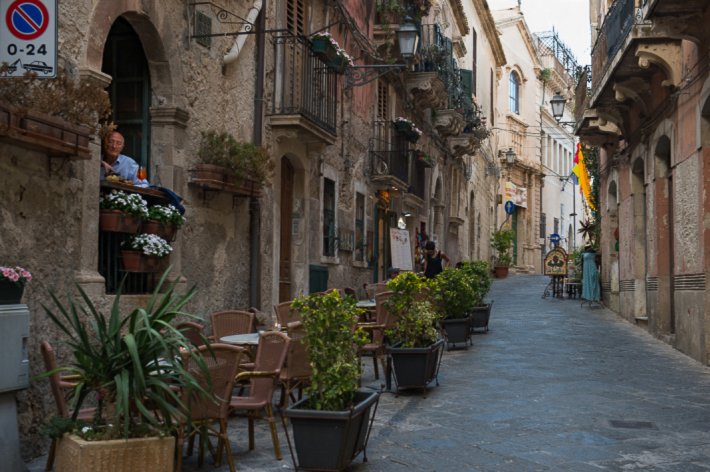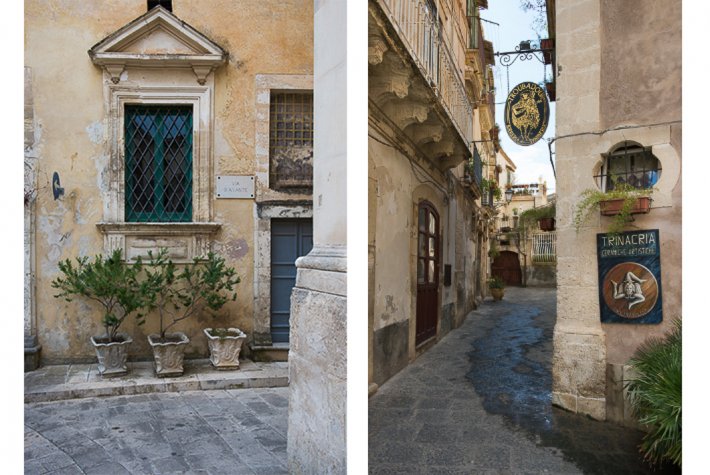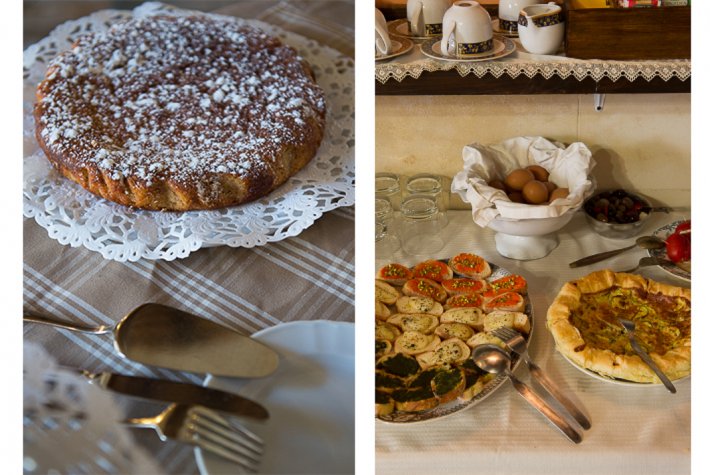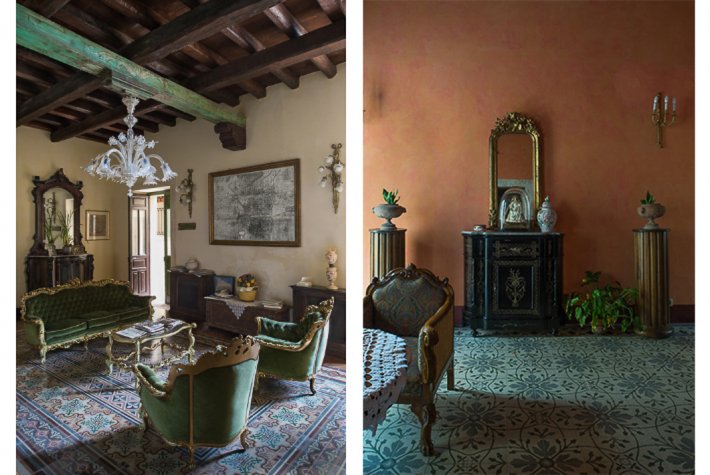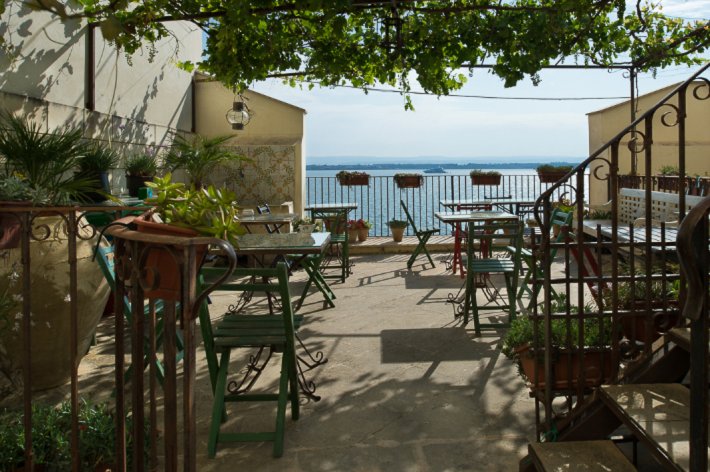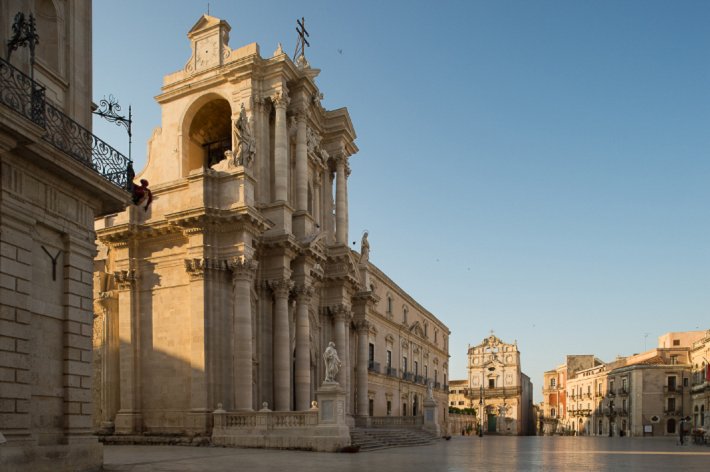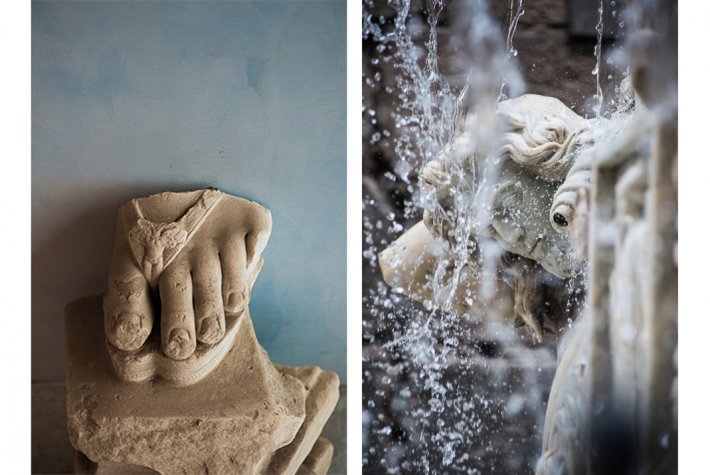Sicily is so hot right now.
Ten unmissable places to visit.
Sicily brought us
Dolce e Gabbana, the Mafia, cassata, the mathematician Archimedes, the composer Bellini and one of literature’s most acclaimed novels, The Leopard by Guiseppi di Lampedusa.
Although it’s the largest island in the Mediterranean and easily reached from the Italian mainland, it still feels a bit wild and unspoiled, unlike much of the rest of Italy. Cruise ships sail into Taormina, with its winding medieval streets and Greek theatre set against the dazzling backdrop of the azure Tyrrhenian Sea, but few other Sicilian towns are as well visited, including the capital Palermo in the north and the southern city of Catania, both with international airports.
It’s an island of dreams, with lush, rolling hills in the interior, romantic volcanic outcrops lying off its shore and a chain of beautiful beaches along the coastline, many uncrowded. Olive groves, citrus orchards, vineyards and clumps of wild cactus dot the countryside.
Embraced by the sparkling waters of three seas, Sicily’s culture and architecture have been uniquely enriched by the civilisations that have conquered it, from the ancient Greeks and Phoenicians, to the Arabs, the Normans and the Spanish conquistadors. An unparalleled concentration of magnificent buildings, from crumbling Norman castles and fortresses to golden baroque cathedrals built during the Spanish occupation in the 16th Century, makes it a must-visit for any architecture buff. Near Agrigento in the south, the Valley of the Temples is one of six UNESCO World Heritage sites, and there you can find the best-preserved Greek temples outside Greece.
The food throughout Sicily is sensational, from simple, grilled sardines to Sicilian culinary specialities such as caponato and cassata.
The enormous active volcano Etna dominates the island and provides rich soil for its produce, which is arguably the freshest and most abundant in Italy. Award-winning Bordeaux-style wines are being produced on its slopes. The food throughout Sicily is sensational, from simple, grilled sardines to Sicilian culinary specialities such as caponato and cassata. And if you’ve got a sweet tooth, it’s heaven: breakfast starts with citrus cakes and pastries.
Sicily fits almost three times into Tasmania, so it is easily navigated by car, with good highways and traffic-free rural roads. There are a number of charming bed and breakfasts in each region, including converted baglios, or old farmhouses, and palazzi.
Because both Palermo and Catania are accessible by international flights, you’ll probably start in one city and end the trip in the other. Palermo, the capital, is majestic but a little run down, due to Allied bombings during World War II and the internal war with the Mafia, which has now abated, although the island remains defiantly anti-Mafia with many businesses in Palermo signing on to an anti-extortion charter.
West from Palermo, the ancient walled town of Erice, with its two castles, rises above pretty coastal cities Trapani and Cefalu. In the east, the wonderful baroque cities of Noto, Siracusa, Modica, Catania and Ragusa are highlights, not to be missed. The relaxed Aeolian islands can be reached by ferry from the northern fishing village of Milazzo, where the best arancini you’ve ever tasted can be bought on the dock.
There is so much to see that a week would be the minimum. For first-time visitors, it helps to be guided by someone who knows the landscape and flavours of the island, such as Lisa Ferraro, who creates food-focused tours of Sicily for small groups: Further information.
Ten places you really shouldn’t miss
MARSALA
Sicily’s wild and wonderful west is only 155 km across the Mediterranean Sea from Tunisia and it’s here that the Arab influence on the island, particularly in the cooking, is the most profound. The landscape is a tangle of lemon and olive trees, cactus bushes, red poppies, wheat and vineyards, with many beautiful abandoned villas and farmhouses calling out for some TLC. The region is famous for Marsala fortified wine, named for one of the major towns, which was first produced in the 18th Century when an English trader discovered the local wine. But grapes have been grown in the region since the Phoenicians settled 3000 years ago. These days, local winemakers are experimenting with indigenous and unfortified varieties with some delicious results. La Divinia winery and restaurant in Baglio Donna Franca, the 15th century estate of the aristocratic Florio family, who were first responsible for the marketing of Marsala to the world, is a good place to start.
ERICE
Rising 750 metres above the salt flats of coastal town Trapani, this fortressed city was once the Greek settlement of Eryx and, like so many Sicilian towns, was ruled by Arabs until the Norman Conquests and features superb examples of Saracen as well as Norman architecture. The Normans built a massive castle within the city walls and from its terrace visitors can revel in breathtaking views of the Tyrrhenian Sea and the white flatlands where local salt is produced. Narrow streets wind through the town, flanked by charming shops and cafes, but the place to stop is the pasticceria and outdoor café of famous pastry chef Maria Grammatico, who learnt her skills living in an orphanage run by Franciscan nuns. Watch the hand crafted pastries being shaped in a back room and then relax in the courtyard with a plate of Arabic-inspired delicacies. Even if you don’t like marzipan, the Sicilian variety is a revelation.
PALERMO
Sicily’s capital has had something of a bad rap, and it’s wise to use a little bit of caution when wandering its darker, narrow streets. But it’s magnificent nevertheless. Phoenicians, Romans, Byzantines, Arabs, Normans, the Spanish and Bourbons all ruled here before Garibaldi seized it in 1860 and declared it part of the Kingdom of Italy. Palermo’s turbulent history continued in the 20th Century with the Allies’ bombing of the harbour during World War II and the state’s ongoing battle with the local Mafia and corruption, which saw a huge expansion of soulless housing estates from the 1950s onwards. (Concrete is something you see a lot of in Sicily, thanks to the Cosa Nostra.) Nevertheless, central Palermo retains much of its beauty with a number of Baroque, Gothic and Romanesque churches and historic precincts, and many outdoor restaurants around the harbour serving traditional barbequed fish. Make sure you detour to Cathedral di Monreale, the finest example of Norman architecture in Sicily.
CEFALÙ
Only an hour by train from Palermo, beach town Cefalù sits under a massive rock that has provided a natural fortress against enemies since ancient Greek times. One of the prettiest towns in the region, Cefalù is an ideal spot to take the passeggiata, or leisurely stroll, each evening. Wander through its medieval streets with a brioche con gelato, an outrageously sweet, soft bun stuffed with gelato, before stopping for serious eating at one of the many bars and restaurants set around the port. When you’re not beachcombing, there are plenty of architectural attractions to explore, including a Romanesque cathedral, remains of an ancient Doric temple, a medieval bathhouse and the magnificent ruin of a Norman castle on a promontory. If Cefalù looks familiar, that’s because it was the setting for much of Guiseppe Tornatore’s popular movie Cinema Paradiso.
VALLEY OF THE TEMPLES
Sicily is home to some of the best-preserved ancient Greek structures outside of Greece and the most famous of these are the five Doric temples scattered along a high ridge outside the the city of Agrigento in Sicily’s south. The UNESCO World Heritage site features five completely excavated temples, two of them remarkably intact, notably the Temple of Concordia, converted into a Christian church in 597 AD. It’s a popular stop for tourist buses, but it’s still possible to wander downhill through the ruins and groves of almond and olive trees and feel a sense of peace. There are some spectacular views of the coast all the way down, but be careful where you tread – the Christians built catacombs into the hill at several points. When you arrive at the bottom, smiling African immigrants will ply you with cheap jewellery: some of it is pretty good value.
THE AEOLIAN ISLANDS
Regular ferry services from Milazzo in Sicily’s northeast take passengers to this wonderful island group in the Tyrrhenian Sea. The result of volcanic activity over 260,000 years, the eight small islands include two that are active volcanos – Stromboli and Vulcano. One of the most popular islands for holidaymakers is Salina, set in clear blue waters, with lush vegetation and fabulous views of fiery Stromboli from certain aspects. The tiny village of Malfa has green-shuttered houses and stone fences covered with bougainvillea cascading downhill to a beautiful beach. Capers and caperberries are grown throughout the island – taste caper liquor at one of the plantations near the town of Pollara. The film Il Postino was shot on some of Salina’s lovely beaches.
TAORMINA
This gorgeous cliff-hanging village is probably Sicily’s most famous town, for its film festival that has brought movie stars to the island every June since 1955 and also for its port which brings cruise ship passengers by the thousands in the summer months. Taormina’s famous Ancient Theatre is a remarkably intact ruin of an ancient proscenium set spectacularly against the glittering Ionian Sea. Numerous writers and artists have lived here over the years, from D.H. Lawrence to Truman Capote and Tennessee Williams. When the narrow streets become too clogged with tourists, escape to the Wunderbar near the town square, where Williams used to take his aperitivo in the evenings. The square might still be crowded with selfie-taking tourists, but the slightly cranky, formal waiters give a glimpse of another era. www.wunderbarcaffe.it
MOUNT ETNA
Sicily’s famous volcano is the tallest active volcano on the European continent at 3329 metres. The four summit craters have been intensely active throughout the past century, with a flank eruption as recent as early 2017. But that shouldn’t deter anyone from taking a drive around the lower slopes, or catching the cableway that runs up to 2500 metres. Because of the fertile volcanic soil, Etna’s slopes are covered with vineyards and orchards. Indigenous varieties of grapes, such as Nerello Mascalese and Carricante, have been cultivated in recent years and it’s worthwhile stopping at a cellar door to taste some of the earthy and mineral-rich wines. Vini Bondi winery, set among terraced vines, has some really excellent vintages.
SIRACUSA
Cicero described Syracuse as ‘the greatest Greek city and the most beautiful of them all’ and today the ancient part of this eastern Sicilian city, situated on the island of Ortigia, is still one of the world’s most gorgeous destinations. Ortigia has a UNESCO World Heritage listing for its fine examples of Greek, Roman and Baroque architecture. The island is set on a tranquil harbour flanked by a number of bars and restaurants in converted palazzi. The narrow streets house stylish shops and some superb restaurants, such as the rustic Sicilia in Tavola where you can feast on superb handmade pastas. (www.siciliaintavola.eu.) The market is one of Italy’s best, with vendors happy to give you a taste of their produce. Don’t miss the Arkimedeoin museum, devoted to Archimedes, and the delightful Opera dei Pupi, the tiny puppet theatre that has been in operation since the 19th Century.
THE BAROQUE EAST
A massive earthquake in 1693 destroyed much of the southeast of Sicily and its Spanish rulers rebuilt it at great expense in a flamboyant style that is known as Sicilian Baroque. Buildings were sometimes constructed from dark local volcanic rock alternating stripes of grey and black, but more commonly from pink-golden local sandstone and limestone. Churches and palazzi in the cities of Catania, Siracusa, Modica, Noto and Ragusa represent the finest examples of this style. Fans of the Italian television series Inspector Montalbano will recognise many locations around Ragusa. (Dine at 2 Michelin starred Il Duomo.) Head for Catania’s central fish market for lunch – any of the trattoria around the market will serve you the freshest fish imaginable. And do stop by Café Sicilia in Noto – chef Corrado Assenza is one of Sicily’s most celebrated pastry makers.
BED & BREAKFAST SICILIAN-STYLE
Baglio Donna Franca
Beautifully located on the Strada del Vino, a wine road that meanders through the vineyards of the Marsala region, this family-run 15th century farmhouse and winery was converted into a hotel in 2006. Spacious rooms full of antiques, a swimming pool set in lavender gardens with views of the ocean, and a hearty home-cooked breakfast make this a wonderful country stay with the added advantage of a wine cellar to explore. Further Information.
La Plumeria
This pretty little seaside hotel is situated in the historical centre of Cefalu, about ten minutes walk from the beach. Sun-drenched rooms in bright colours open up onto the rooftops of the village. Breakfast is served in a bright courtyard: dining out is a no-brainer becauuse of the hotel’s proximity to a number of wonderful restuarants, including the family-run La Botte. Take your passagiata in the evening on the boardwalk or stop in any of a number of lively bars around the hotel. You can take day trips to Palermo and Agrigento from here. Further information.
Hotel Ravesi
Situated in the cute village of Malfa on the isle of Salina this immaculate family-run hotel is a restoration of a white-washed farm house typical of the Aeolian islands. Rooms are cool and spacious, many with large shared balconies and views of the water and there’s a fabulous infinity pool set in terraced gardens with a perfect view of Stromboli’s still-active volcano. A highlight is the fantastic aperitivo and snacks served in the bar at sundown. Further information.
Charme Hotel Henry’s House
This beautifully restored baroque palazzo on the ancient island of Ortigia in Siracusa is a knockout. A former nursery school, lovingly restored by the delightful family that owns it, is full of bohemian character, each guest room different from the other and decorated with antiques and curios. The hotel overlooks the harbour and many rooms have great views; there are also lovely vine-covered terraces for taking in the sun. The mother cooks the most delicious breakfast ever. Further information.

